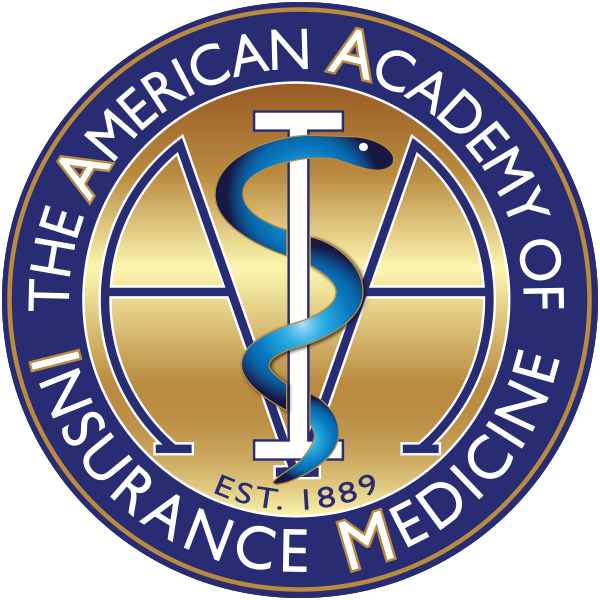Advancing Insurance Medicine Through Education & Innovation
The American Academy of Insurance Medicine (AAIM) is among one of the oldest medical specialty organizations in the United States, founded in 1889, and is open to anyone practicing insurance medicine. Our physician members typically serve as medical directors to Life, Disability Income (DI), and Long-Term Care (LTC) insurance companies. AAIM also provides education and membership to underwriters and other healthcare professionals. Members may serve these companies as consultants for underwriting and claims management. Other roles include medical and actuarial research, underwriting guideline development, employee health education and care, and as a professional liaison to the medical community, legislative bodies and regulatory agencies.
AAIM Looks to the Future
AAIM believes that medical science, especially the science of mortality and morbidity, is the basis for the practice of insurance medicine. Insurance medicine professionals use that science to support the insurance industry in providing fair and accurate pricing, underwriting, and claims services for its customers.
AAIM believes that insurance medicine will continue to play a unique and valuable role in the future by integrating the science of medicine with the business of insurance. We continue to support this role to help ensure that the public receives the optimum value that insurance products can bring, along with the fair and ethical consideration that each individual deserves.


Education
Cutting-Edge Knowledge and Professional Support
AAIM members hold critical and influential positions within most of the major insurance companies in the United States and Canada, as well as throughout the world. AAIM provides educational and professional support that helps our members carry out their duties with state of the art medical and medico-actuarial knowledge, with awareness of the business and regulatory environment, and with understanding of the ethical standards that they must model and uphold.
MEMBERSHIP
A Global Network of Insurance Medicine Professionals
The majority of our members come from the United States and Canada. However, South and Central America, Europe, Africa, Asia and Australia are also represented among our membership.
Membership is open to physicians who are Medical Directors of insurance companies, nurses, underwriters, medical consultants, other professionals working in insurance medicine, as well as to affiliates who have a professional interest in insurance medicine.

Funding & Sponsors
